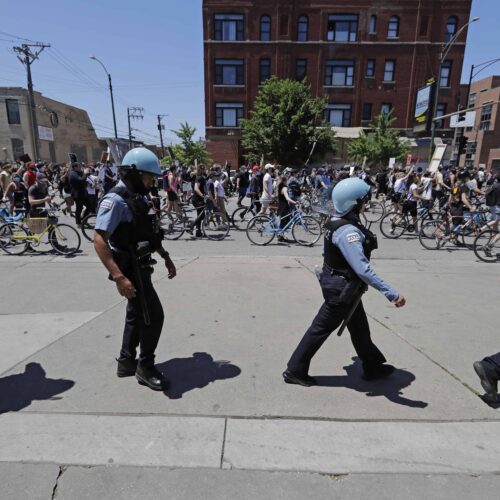Introduction
We’re continuing our series featuring journalists who have written powerful stories. This week, we spoke to Melissa Segura about her timely BuzzFeed News piece, which lays bare the connection between police unions and police brutality in the U.S. Her colleague’s analysis found that nearly 90% of the 240,000 complaints against Chicago officers from 1967 to 2016 resulted in no disciplinary action — and that’s when she really started to dig in. She learned that the system’s failures weren’t a quirk, but a feature designed to protect police over the public.
What led you to pursue the story?
In 2017, I published an investigation about how a single Chicago detective had been accused of framing more than 50 people for murders they didn’t commit. Though the story focused on one detective, I wanted to show readers exactly how, where and why various oversight mechanisms failed — decade after decade — to stop the detective from destroying the lives of so many he’d been charged with protecting.
In the course of that investigation, I learned anything and everything I could about how disciplinary systems within the Chicago Police Department worked. I learned that they mostly didn’t.
Now, when I see a high-profile incident involving an officer with a questionable complaint history, my first question is always about the disciplinary procedures in place. That was the same question that immediately popped to mind when I read about Minneapolis police officer Derek Chauvin’s record on the force.
We can’t do this work without your support.
How did you get the story?
Over the last year or so, I kept seeing more and more inflammatory social media posts from union leaders and stories about leaders defending officers in what seemed like indefensible behavior. In Chicago, the union had gone as far as making up these strange conspiracy theories to defend the officer I’d investigated. Over the last year, I had kept a file of interesting union stories in hopes of doing an in-depth story.
Then images of Derek Chauvin killing George Floyd appeared on everyone’s screens.
When I read that Mr. Chauvin had 17 (or so) complaints in his file, it was simply pattern recognition.
Where do you look for inspiration?
On a macro perspective, I look to my family and my own community. I’m a mestiza — a combination of Spanish conquerors and Native slaves — from Northern New Mexico. My history is that of both the conquered and the conqueror. That duality, that history, has left me dancing across the hyphen of identities all my life. I’m a both and neither. That’s my superpower — that I’m an outsider, which means I sit in the back corner and just listen.
Takeaway: When writing about inequality, look towards the bigger systems at work.
Read more in Inside Public Integrity
Watchdog Q&A
Q&A: Sarah Matthews on why journalists need to be protected while covering protests
Coronavirus and Inequality
Center for Public Integrity sues for information on $700 billion bailout package
The lawsuit follows the Trump administration’s refusal to release details about the controversial lending program designed to aid small businesses.


Join the conversation
Show Comments